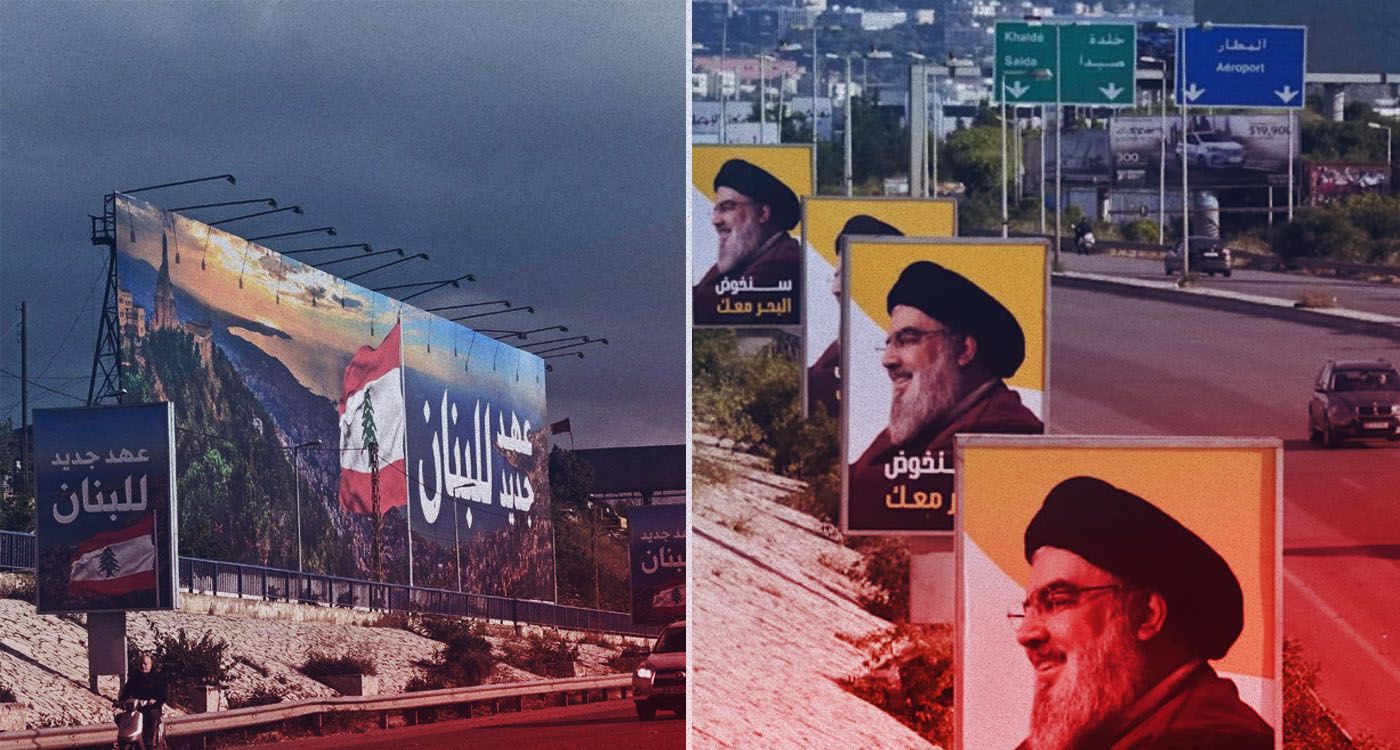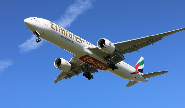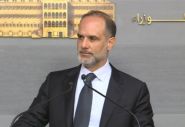
In Lebanon, the current legal framework does not prohibit the display of portraits of political or religious figures, nor does it draw a clear line between commercial advertising and political propaganda. This legal ambiguity has created a gray area that, according to industry insiders, is actively exploited.
“Political propaganda is not just tolerated, it’s encouraged,” says Naji Boulos, president of the Lebanese chapter of the International Advertising Association (IAA). “It’s a goldmine for advertising agencies and municipalities.” Political campaigns, he explains, typically pay full rate, in cash and upfront—something few commercial advertisers can afford, as they tend to negotiate and delay payments.
The process of obtaining a permit for outdoor advertising is also remarkably simple. It requires only a single approval from General Security, which Boulos describes as “quick and straightforward.”
While ad spending during the recent municipal and mukhtar elections in Mount Lebanon remained modest, Boulos expects a sharp rise ahead of the next parliamentary elections, potentially injecting millions of dollars into the sector.
Municipalities also stand to benefit from this system. When billboards are installed on public land, they generate significant revenue from both rental fees and municipal taxes, a dual income stream that allows them to kill two birds with one stone.
However, when the billboards are on private property municipalities only receive the tax from the outdoor advertising invoice, with rates varying depending on the location.
The ‘A New Era for Lebanon’ Campaign
In this context, the prominent stretch of highway leading to Beirut International Airport (BIA)—long prized by advertisers for its high visibility, with an estimated 80,000 and 120,000 vehicles passing through daily—recently became the center of heated public debate. The trigger: a billboard campaign titled “A New Era for Lebanon,” widely interpreted as an endorsement of General Joseph Aoun’s presidency.
Its launch coincided with the end of another highly visible campaign showcasing giant portraits of figures associated with the pro-Iranian axis, in an already tense climate marked by underlying frictions and a sense of confrontation. The overlap reignited debate across media platforms and social networks.
Beyond the political divide, the controversy has rekindled a broader conversation about the limits of free expression, the right to one’s image and the commercial use of public space.
A Matter of Image for Lebanon
The airport highway has long functioned as a visual gateway to the country, featuring a mix of luxury brand ads, political messaging and diplomatic greetings. Its billboards have turned this stretch of road into a battleground for images and narratives.
According to several observers, an estimated 10 to 15% of the billboards along this route amount to ideological propaganda. This raises pressing questions about the use of public space, especially when it lends a partisan tone to an area meant to symbolize national unity.
In this context, Prime Minister Nawaf Salam’s government is reportedly seeking to establish a kind of “visual neutrality” in public spaces. A draft bill reflecting this goal is currently under review.
Advertising in Lebanon: 2024 Figures and Trends
In 2024, advertising spending in Lebanon reached $60 million, a notable increase from $35 million in 2023 and $24 million in 2022. Despite this rebound, the supply of advertising space still significantly outpaces demand.
Breakdown of advertising investments in 2024:
Outdoor advertising: $15 million.
Television advertising: $15 million.
Print and radio advertising: $1 million each.
Digital advertising in Lebanon: $30 million.
The digital advertising market dominates, accounting for half of total spending. Most of this revenue goes to international platforms such as Meta (Facebook and Instagram), TikTok and Google. These advertising budgets flow out of the local economy, contributing little to Lebanon’s financial landscape.
Source: Article by Naji Boulos, published in ARABAD magazine





Comments